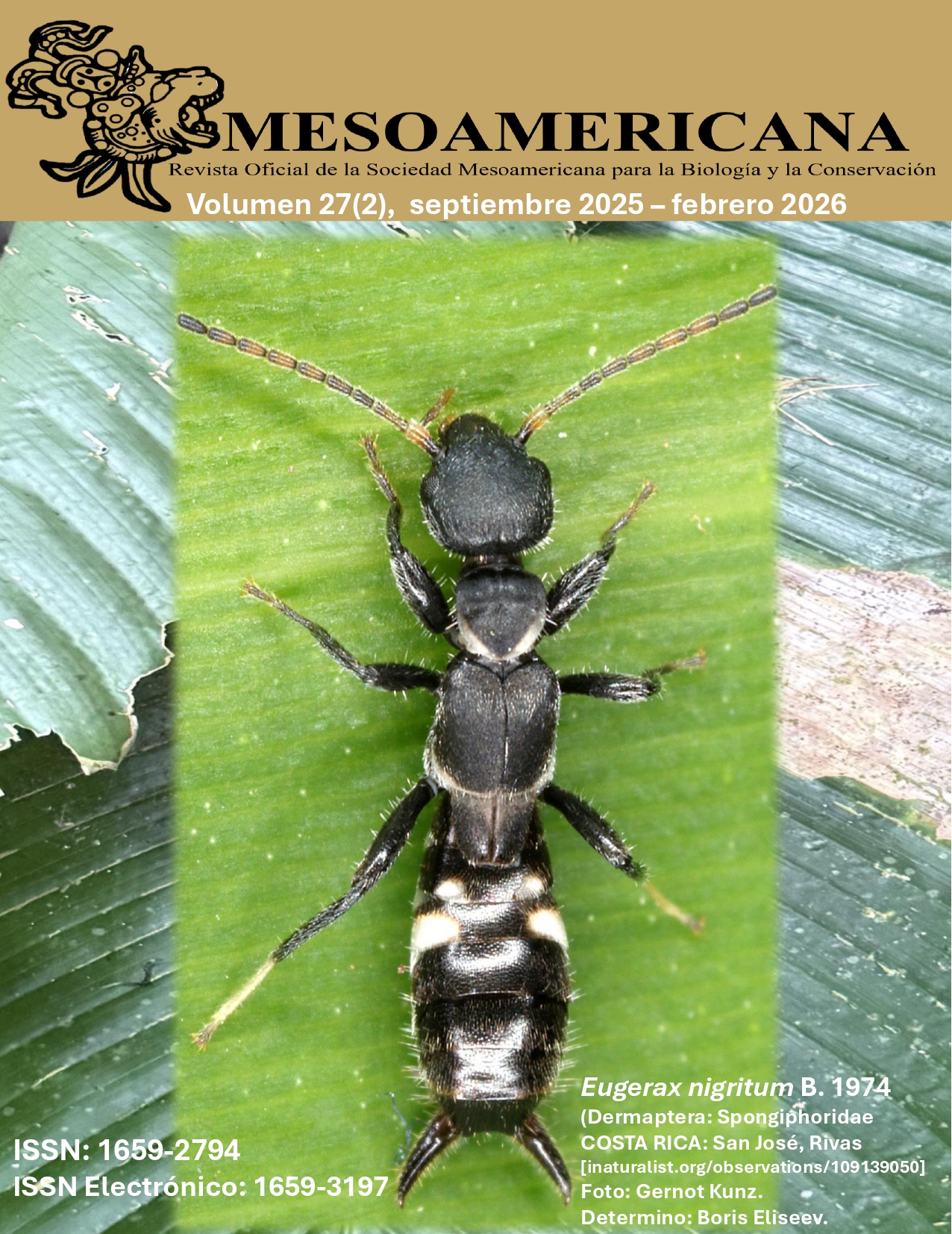

The mangrove ecosystem is vital both locally and globally, hosting a remarkable variety of flora and fauna, including animals, plants, mollusks, and birds. This makes it one of the five most productive ecological zones worldwide. Given Panama's extensive coastlines that provide ideal conditions for mangrove growth, it serves as an excellent site for studying the biodiversity of bivalve species associated with this habitat. Recognizing the significance of this ecosystem, a comprehensive study was conducted to gather information on the diversity and abundance of mollusks (Pelecypoda) at two sites within the mangrove of Chame Bay, located in the province of Panama Oeste. Two sampling sections were designated as Section A (Punta Chame) and Section B (El Líbano). At each site, individuals were collected using random sampling from three quadrants, with three adult mangrove trees selected for this purpose. Specimens were gathered from the sediment surrounding the mangrove, as well as from the roots and trunk, during low tide from July to December 2016. The collected specimens were preserved for identification in the laboratory at the Malacology Museum of the University of Panama (MUMAUP) and subsequently processed for inclusion in the National Reference Collection housed at this facility. The data revealed low species richness at both sites, with El Líbano demonstrating less diversity compared to Punta Chame, which had a higher abundance of organisms.
A total of six genera and seven bivalve species were identified across three mangrove species: Rhizophora mangle (red mangrove), Laguncularia racemosa (white mangrove), Pelliciera rhizophorae (pinuelo mangrove), and Avicennia germinans (black mangrove). Notably, the bivalve species most consumed by residents were Anadara tuberculosa and Mytella guyanensis, with A. tuberculosa being the most overexploited due to consumption. A diversity analysis for the Chame district indicated that the Pelecypoda class exhibited an H' index of 1.509 in Punta Chame, with a dominance value (D') of 0.2797 and equity (J') of 0.7754. In contrast, the Líbano sector showed an H' index of 0.9507, with equity and dominance values of J' = 0.685 and D' = 0.5078, respectively. The observed low population levels and limited diversity of these species in the mangroves of the Chame district can be largely attributed to anthropogenic activities such as mangrove deforestation for charcoal production, excessive extraction by external settlers for commercial purposes, pollution, and the establishment of shrimp farms.